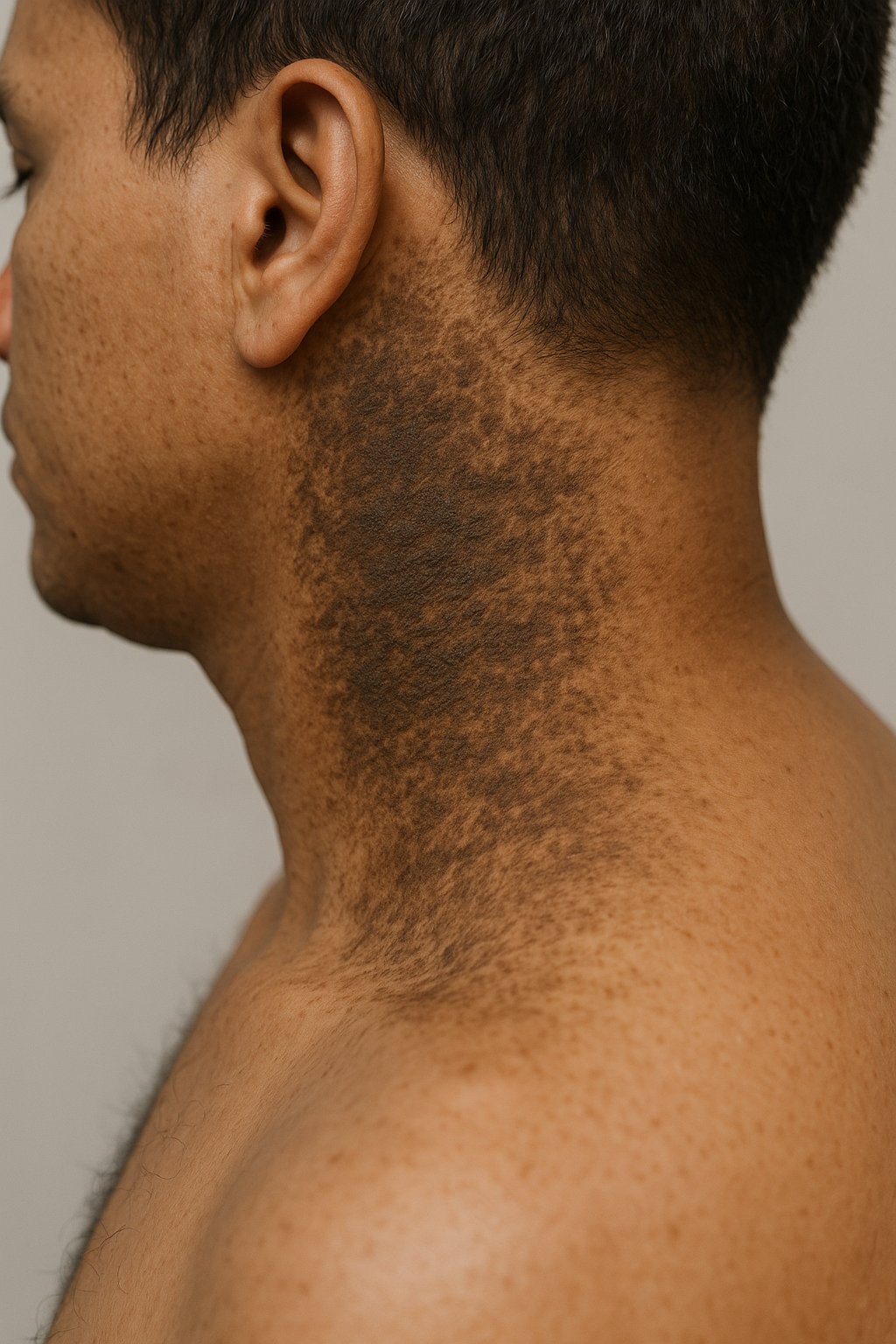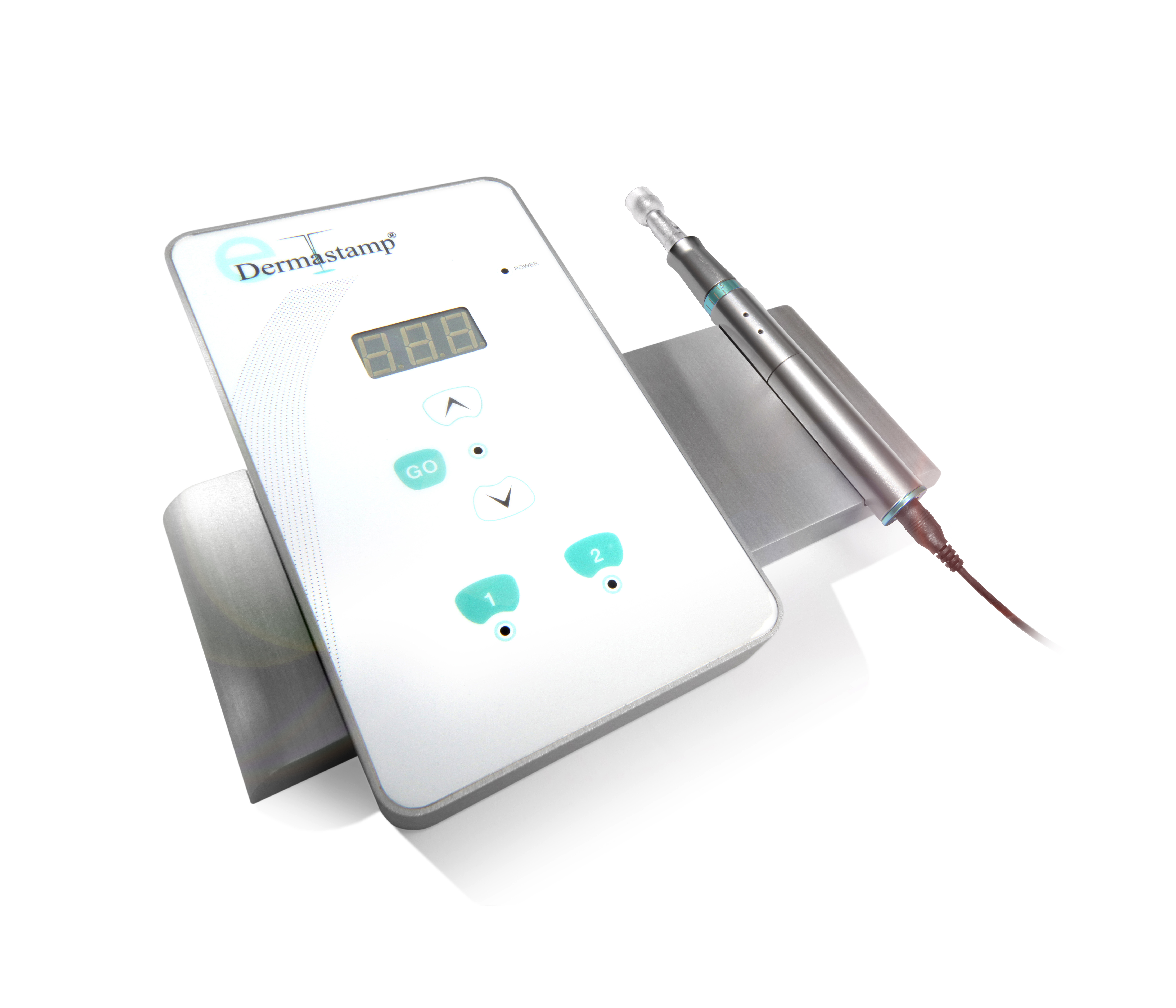Male pattern hair loss
Male pattern hair loss, also known as androgenic alopecia, refers to the most common type of hair thinning and balding occurring in adult males. The condition may be caused due to combination of genetic predisposition and hormones (androgens). The clinical features of male pattern hair loss are characterized by receding hairline and/or hair loss occurring on top or front of the sculp.
As previously mentioned, male pattern hair loss results from genetic predominance. More specifically, it is caused due to genetically determined sensitivity of the dihydrotestosterone’s effects (DHT) in some areas of the scalp. Many body tissues, including skin and prostate gland, contain DHT. DHT is associated with decline in hair growth cycle: from regular 3-6 years cycle duration to weeks-months. This occurs simultaneously with decrease in follicular number which leads to the growth of fewer and finer hairs.
Many genes are involved in male pattern hair loss, depending on age, progression, pattern, and family history. The susceptible gens are inherited from both biological parents. Currently, any genetic testing done for determining predisposition of bolding are considered unreliable.
Women who have excessive levels of androgens also suffer from male pattern hair loss. These women also have severe problems with acne, menstrual cycle (usually, cycles are irregular), and excessive hair growth on face and body.
Male pattern hair loss affects majority of male population at some point of their lives. About 50% of all Caucasian males will experience some form of hair loss by age of 50. By age 70, about 80% of males will be affected. Meanwhile, Japanese and Chinese males are less affected by pattern hair loss.
Male pattern hair loss is not just a cosmetic issue. It negatively affects one’s self esteem and causes psychological problems. Many studies show direct link of hair loss with depression, introversion, low self-esteem, and feelings of unattractiveness. It is also believed that Western values of emphasizing youthful attractiveness and appearance reinforce negative attitudes towards male baldness. Moreover, some studies showed that appearance alone creates a lot of negative impact because men with hair loss have reported to be seen less assertive, attractive, likeable, and successful compared to those who did not suffer from hair loss.
The current treatment options for male pattern hair loss include hair replacement/transplantation, micropigmentation in order to resemble shaven sculp, cosmetics, hairpieces, minoxidil solution, and Finasteride tablets.
Low-level laser therapy and platelet-rich plasma (PRP) treatments have showed significant improvements in patients with hair loss after a course of sessions.
Centre for Medical and Surgical Dermatology offers various treatment options for male pattern hair loss which are unique for every patient. For more information on hair loss, visit the following link:
Centre for Medical and Surgical Dermatology offers low-level laser therapy as one of its treatment options for male pattern hair loss. For more information on low-level laser treatment, visit the following link:
One Comment
Comments are closed.
Related Posts




Interesting content :)